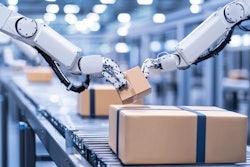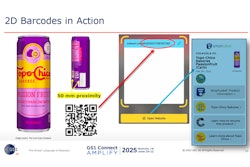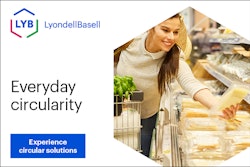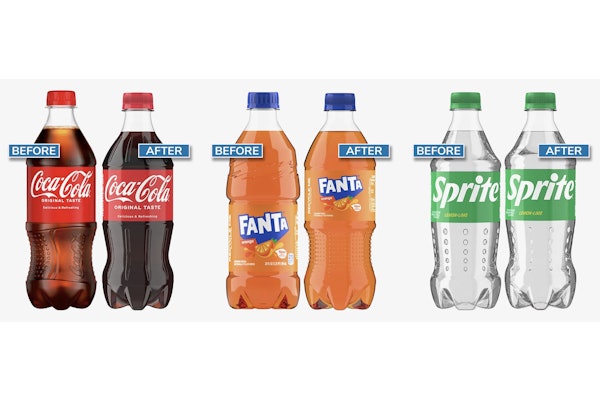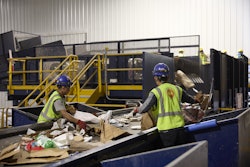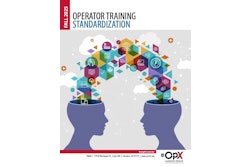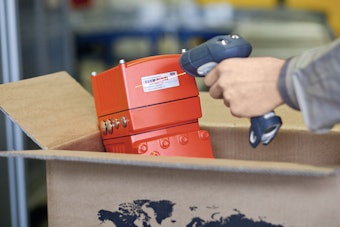The packaging industry is experiencing a transformative wave, driven by automation, robotics, the Industrial Internet of Things (IIoT), digital twins, machine learning, and additive manufacturing (AM). These technologies are redefining efficiency, quality, and consumer engagement in packaging operations. High-speed systems handle precise dosing and quality checks, while collaborative robots (cobots), AI-driven tools, and digital twins—virtual replicas of physical systems—optimize processes in real time. Additive manufacturing, or 3D printing, delivers tailored, eco-friendly designs to meet modern demands. Smart packaging, featuring QR codes and sensors, enhances traceability and connects with consumers, a key priority for CPG professionals.
A Vision Rooted in Foresight
In 1998, the study "The Future of Packaging: a 2020 Vision" convened futurists and industry leaders to explore how emerging technologies might transform packaging by 2020. One bold concept was using fMRI (a new medical device) to generate consumer brain maps when experiencing packaging; Martin Lindstrom’s 2008 book Buy-ology documents his global study just a decade later. The 1998 vision also highlighted microtaggants, which are tiny, color-coded markers for tracing materials in applications like explosives detection and brand protection, and micro-electronic machine systems (MEMS), which embedded sensors and actuators in chips envisioned as functional packaging materials additives. Industrial automation was spotlighted, with advanced robotic arms, cobots, and AI-powered software like chatbots and recommendation systems, driven by robust microprocessors and the expanding internet. These early insights laid the groundwork for today’s intelligent, connected packaging systems.
Why Automation Matters in 2025
Automation is revolutionizing packaging in 2025, tackling labor shortages, rising costs, and the need for speed. Automated dosing systems precisely measure ingredients and components, minimizing waste and ensuring uniformity. Robotic lines sort at unmatched speeds, streamlining assembly. Machine learning enhances quality control, with vision systems instantly spotting defects like cracks or misprints, protecting brand reputation. Cobots work alongside humans, boosting throughput and reducing costs. Digital twins create virtual models of packaging lines, fed by sensor data to monitor performance, detect bottlenecks, and optimize operations.
The IIoT links machines, feeding data to digital twins and machine learning models for real-time tweaks—adjusting line speeds or conditions. A 2024 Packaging World survey (part of the Annual Outlook Report) of 118 CPG/FMCG brand owners revealed 68% prioritize automation for cost savings, and 54% focus on waste reduction. Smart packaging connects producers and consumers: QR codes provide product origins or recycling guidance, while sensors ensure freshness. Circular economy initiatives use smart tracking, vision systems, AI, and digital twins to sort and recover materials. Additive manufacturing excels, crafting lightweight, recyclable prototypes, and spare parts.
The Road to 2035 and Beyond
While nobody predicts the future, we use scenario planning tools with a range of possible futures to explore and help anticipate and plan with a sense of probability. Imagine by 2035, fully autonomous lines powered by AI and machine learning will manage forming, filling, sealing, and palletizing without human intervention. Digital twins will model these systems, testing scenarios like rush orders for peak efficiency. AM will produce customized molds or lightweight containers rapidly, lowering inventory costs. Modular solutions—plug-and-play cobots, vision systems, or compact AM units—will empower mid-sized firms, increasing output by 30% without heavy investment. Industry projections suggest a 20-25% ROI by 2030, driven by predictive maintenance from digital twins and machine learning, plus energy-efficient AM, reducing downtime and costs.
Smart packaging will advance with AI, IIoT, and AM. By 2030, sensors monitored by digital twins will track conditions in real time—a milk carton could alert a retailer’s app to spoilage, or a physically raised-design on pack 3D-QR code could offer consumers personalized recipes. Machine learning will tailor designs from consumer data, fostering loyalty, while blockchain and IIoT ensure tamper-proof traceability. AM will create smart, custom containers on-site, cutting transport needs. By 2035, augmented reality (AR) will emerge: scanning a 3D-printed package could trigger a digital twin-backed hologram sharing the brand’s story, merging physical and digital experiences.
Scalability and Returns for the Future
Scalability will benefit mid-sized companies. Today’s $500,000 robotic or AM systems may seem daunting, but by 2035, lease-to-own models, open-source machine learning, and affordable 3D printers will lower barriers. A 50-employee manufacturer could deploy a modular line—dosing, packaging, and AM for custom trays—guided by a digital twin, boosting output by 40% and recovering costs in 18 months through labor and waste savings. Larger firms will see 30% efficiency gains, with IIoT, machine learning, and digital twins optimizing supply chains. Automation, AM, and digital twins will reduce waste, aligning with widespread Extended Producer Responsibility (EPR) laws. Sensors and machine learning, supported by digital twins, could cut spoilage by 15 to 20%, saving billions. AM’s bio-based materials will enhance sustainability, building consumer trust.
The packaging industry’s future lies in automation and smart technologies, driving efficiency, sustainability, and engagement. By embracing these innovations in 2025, companies can meet today’s demands and shape a resilient, consumer-focused tomorrow.




